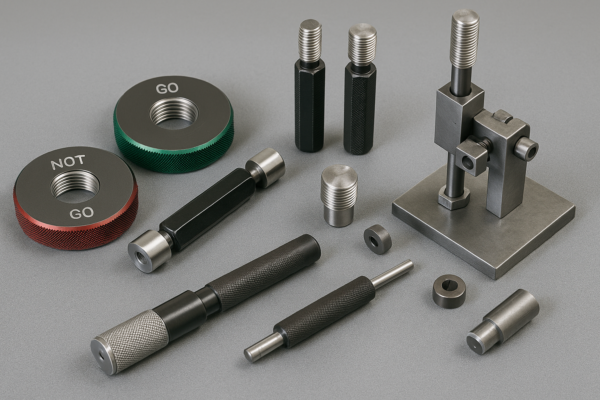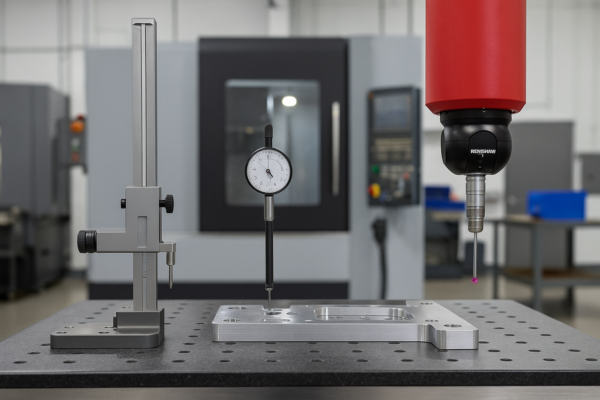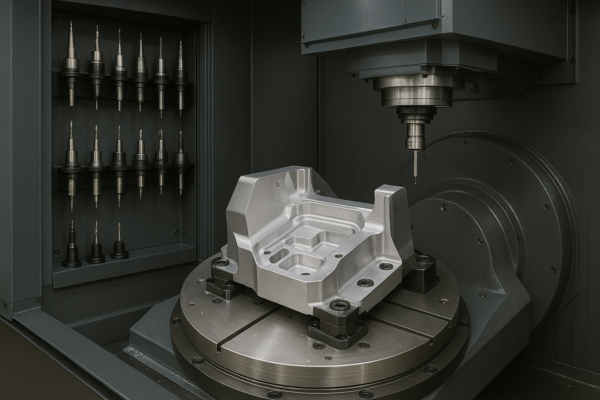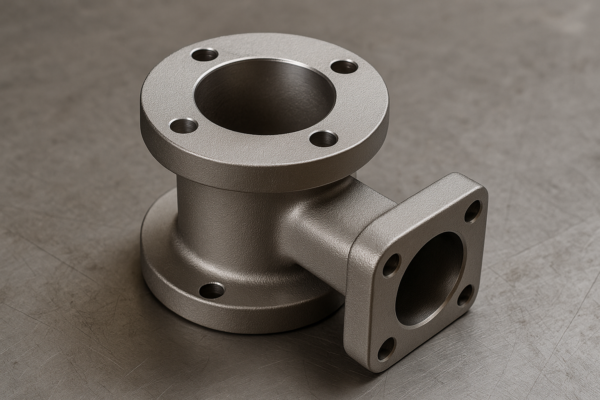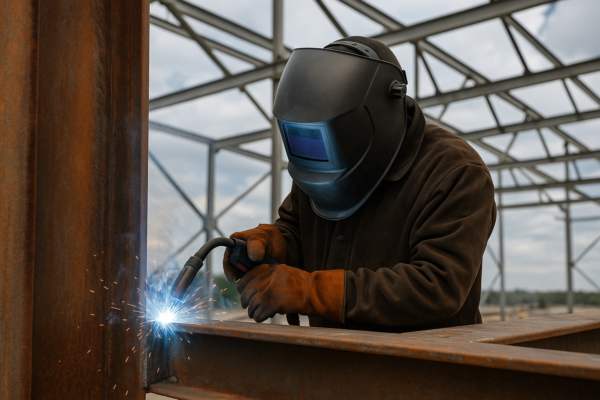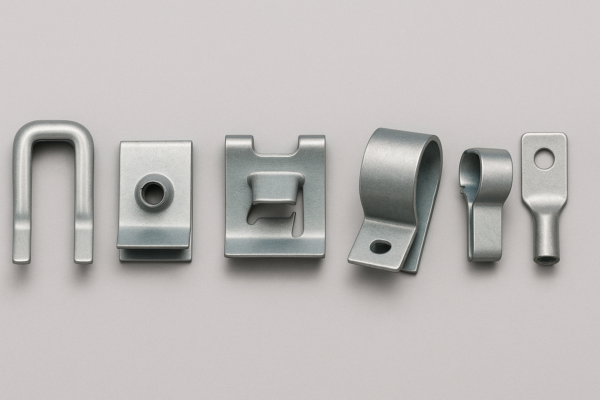What Is the Difference Between Surfacing and Resurfacing?
Table of Contents
- Introduction: Understanding the Difference
- What Is the Difference Between Surface and Resurface?
- Is Resurfacing a Parking Lot Better Than Repaving?
- Is Sealcoating the Same as Resurfacing?
- What Does Resurfacing a Driveway Mean?
- Frequently Asked Questions (FAQs)
- Conclusion
- Contact Us
Introduction: Understanding the Difference
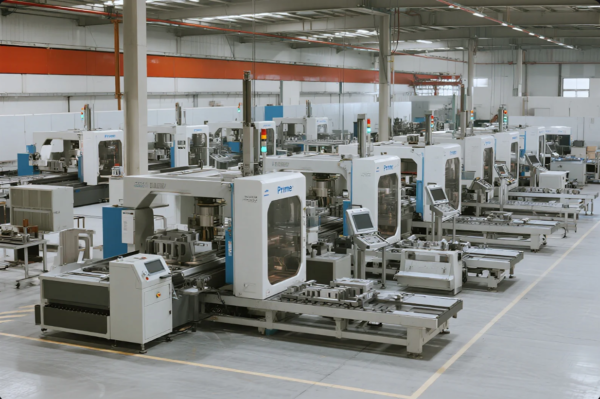
Many facility managers, engineers, and buyers wonder whether they need surfacing or resurfacing when facing a maintenance or sourcing challenge. The wrong choice can lead to wasted time and money, especially in large-scale industrial or construction projects. Even on industry-leading knowledge platforms like ThomasNet, The Fabricator, and Assembly Magazine, this distinction often causes confusion.
Surfacing means applying a completely new protective or functional layer to a base. Resurfacing involves restoring or upgrading an existing layer. Each solution fits specific use cases in metal parts manufacturing, infrastructure, and industrial hardware projects.
Below, I’ll break down all the key differences and provide best practices trusted by global leaders and B2B buyers. Our insights come from more than 20 years of service in the custom parts industry—and reference standards from ISO.org, Hubs, and more.
What Is the Difference Between Surface and Resurface?
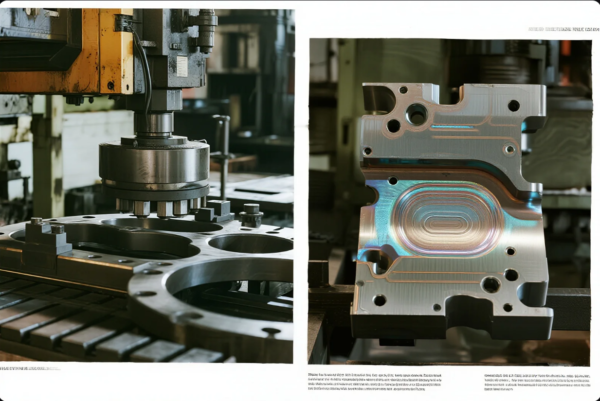
Procurement managers and project owners often ask if their assets need a new surface or simply a repair. Major manufacturing sites and engineering blogs agree: clear assessment is vital.
Surfacing applies a brand-new finish or layer—such as powder coating or painting—using processes found at ThomasNet. Resurfacing restores worn areas, filling cracks or abrasions, and then adds a new top layer to renew function and appearance.
When manufacturing custom stamping parts or precision CNC components, we check core material stability first. If the underlying structure remains sound, resurfacing is often the fastest and most economical solution. For severely corroded or damaged items, surfacing or even full replacement is necessary.
Decision Table: Surfacing vs. Resurfacing
| Feature | Surfacing | Resurfacing |
|---|---|---|
| Typical Application | New installations | Asset renewal, repair |
| Primary Function | Protection, color, finish | Extend lifespan, fix damage |
| Cost | High (new parts/processes) | Moderate (restoration) |
| Industry Examples | Metal stamping, plastic molding | Warehouse floor repair, industrial fastener upgrade |
| Surface Quality | Highest, custom options | Near-original, depends on base |
| Related Services | Powder coating, plating | Epoxy overlay, polymer repair |
Is Resurfacing a Parking Lot Better Than Repaving?
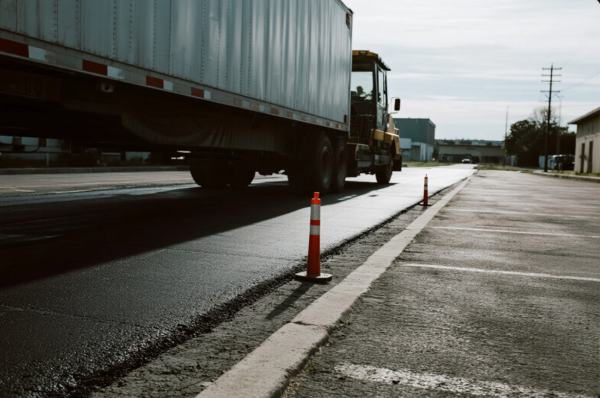
Many commercial property managers turn to resurfacing for quick upgrades, as highlighted by Angi and Asphalt Magazine. But when is it enough?
Resurfacing overlays a new layer of material—like asphalt or special coatings—on top of the existing structure. Repaving requires removing the old material down to the base and then applying a fresh layer. This means repaving is more expensive, time-consuming, and disruptive.
If the base structure has no foundational problems, resurfacing saves money and shortens downtime. In the global logistics and warehousing sectors, as seen at SupplyChainDive, minimal disruption is essential. Resurfacing often extends the life of a lot by 8–15 years; repaving can extend it 15–25 years but at a much higher cost.
Table: Resurfacing vs. Repaving for Parking Lots
| Factor | Resurfacing | Repaving |
|---|---|---|
| Cost | Lower (Angi) | Higher (BobVila) |
| Disruption | Low (Asphalt Pavement Association) | High |
| Sustainability | Reduces landfill waste | High waste, more emissions |
| Time | 1–3 days | 5–10 days |
| Lifespan Gain | 8–15 years | 15–25 years |
For deep cracks, water drainage problems, or severe potholes, full repaving is the only safe choice, as confirmed by ConcreteNetwork. But for moderate wear, resurfacing is efficient and smart.
Is Sealcoating the Same as Resurfacing?
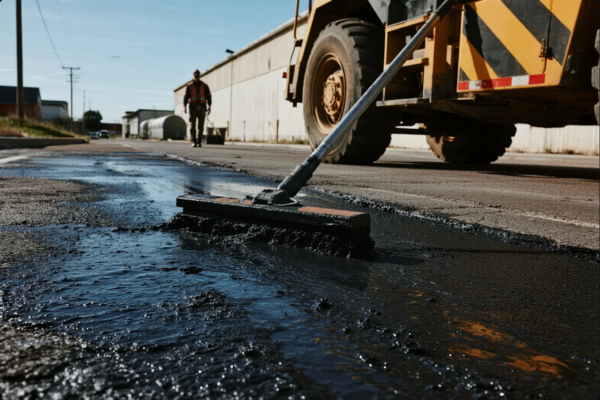
A common misconception—debated on Pavement Interactive—is that sealcoating equals resurfacing. In reality, sealcoating is a preventative topcoat, while resurfacing is a full structural repair.
Sealcoating forms a thin, protective membrane over a driveway, lot, or industrial floor. Resurfacing adds a substantial new layer, filling surface damage and restoring original function and smoothness.
Experts at National Asphalt Pavement Association recommend sealcoating every 2–3 years after resurfacing. This boosts resistance to weather, chemicals, and wear. For driveways or parking lots exposed to high traffic, resurfacing ensures deeper cracks and holes are filled first—making sealcoating truly effective.
Table: Sealcoating vs. Resurfacing
| Feature | Sealcoating | Resurfacing |
|---|---|---|
| Thickness | 1–2mm | Up to several centimeters |
| Function | UV, water, oil protection | Restores, strengthens, repairs |
| Application | Maintenance (Pavement Interactive) | Structural repair (Angi) |
| Cost | Low | Moderate |
| Frequency | Every 2–3 years | 8–15 years between treatments |
What Does Resurfacing a Driveway Mean?
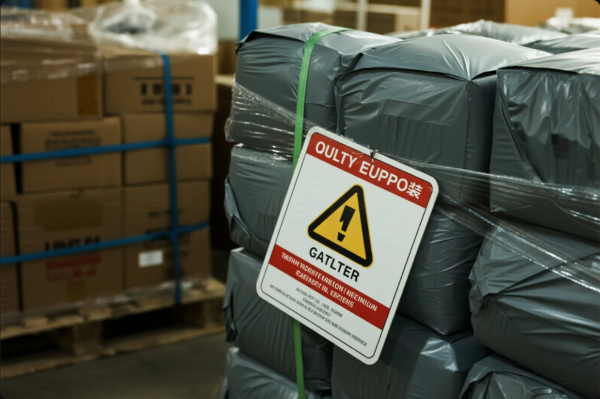
Resurfacing a driveway is a practical, sustainable choice for homeowners and B2B property managers. Leading platforms like BobVila, ConcreteNetwork, and Asphalt Magazine highlight the process:
Driveway resurfacing involves cleaning the surface, filling cracks, repairing holes, and then applying a new layer of material. This gives a smooth, like-new finish and greatly extends the life of the surface.
At Prime, our clients value fast turnaround, ISO-level quality, and robust packaging—features also promoted by Packaging Digest and Hubs.
Step-by-Step Guide: Driveway Resurfacing
- Assessment – Inspect for deep cracks, sunken areas, or base damage (ConcreteNetwork).
- Surface Cleaning – Power wash and remove debris, oil, or loose material (BobVila).
- Crack Repair – Fill all visible cracks and patch holes.
- Layer Application – Lay down a fresh mix (asphalt, concrete, or polymer) (Asphalt Magazine).
- Finishing and Curing – Smooth and allow to cure for best strength and durability.
- Quality Control – Confirm surface tolerance and level (Machine Design).

Frequently Asked Questions (FAQs)
1. How do I know if my surface needs resurfacing or replacement?
If cracks are small and the base is solid, resurfacing is reliable (Concrete Network’s repair guide). For deep, wide, or spreading cracks, consider full replacement (BobVila guide).
2. How often should I sealcoat after resurfacing?
Apply sealcoat every 2–3 years, or more often for heavy-traffic zones (Pavement Interactive).
3. Are there sustainable resurfacing materials?
Yes, many are now eco-friendly, such as recycled asphalt and resin systems (Green Building Advisor).
4. What certifications should suppliers provide?
Always work with ISO 9001 certified suppliers for B2B or critical projects.
5. How does resurfacing affect project timelines?
Resurfacing is much faster and causes less disruption than full replacement (Supply Chain Dive).
6. Where can I learn more about surface engineering?
Surface Engineering Association is a trusted technical resource.
7. What is typical CNC surface finish tolerance?
See Machine Design’s overview.
8. How does packaging affect part quality in transit?
Proper packaging is vital. Packaging Digest shows leading solutions.
9. Where to find certified global B2B suppliers?
Visit Alibaba and Made-in-China for directories.
10. What welding surface standards matter most?
See The Fabricator’s welding guide.
11. How does custom surfacing impact component life in harsh environments?
Paint.org and Reliance Foundry offer industry insights.
12. Which standards are relevant to plastic parts?
Plastics Technology covers best practices.
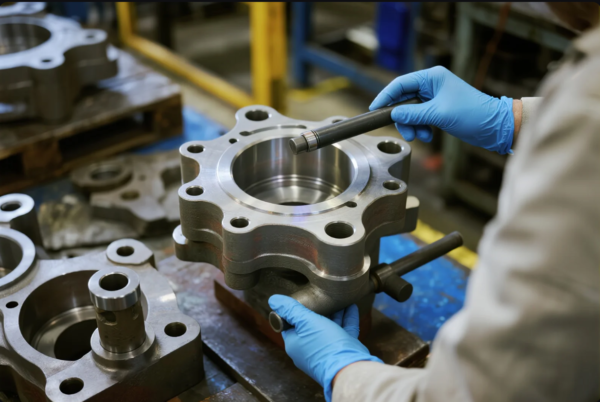
Conclusion
Understanding the difference between surfacing and resurfacing empowers you to select the right solution for any industrial, commercial, or construction project. Rely on expert guidance, global standards, and proven B2B partners to ensure lasting value and success.
Contact Us
- 🌐 Official Website: https://primecustomparts.com/
- 📧 Email: [email protected]
For fast, professional, and ISO-certified support in metal, CNC, casting, welding, fasteners, and plastic components, reach out to Prime. Enjoy rapid delivery, stable quality, and a dedicated team for your global projects.

